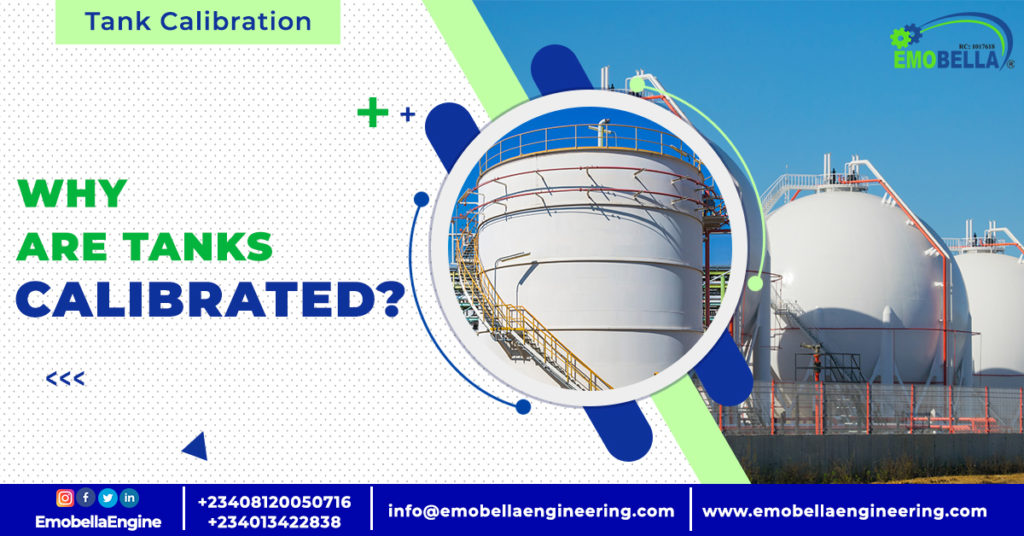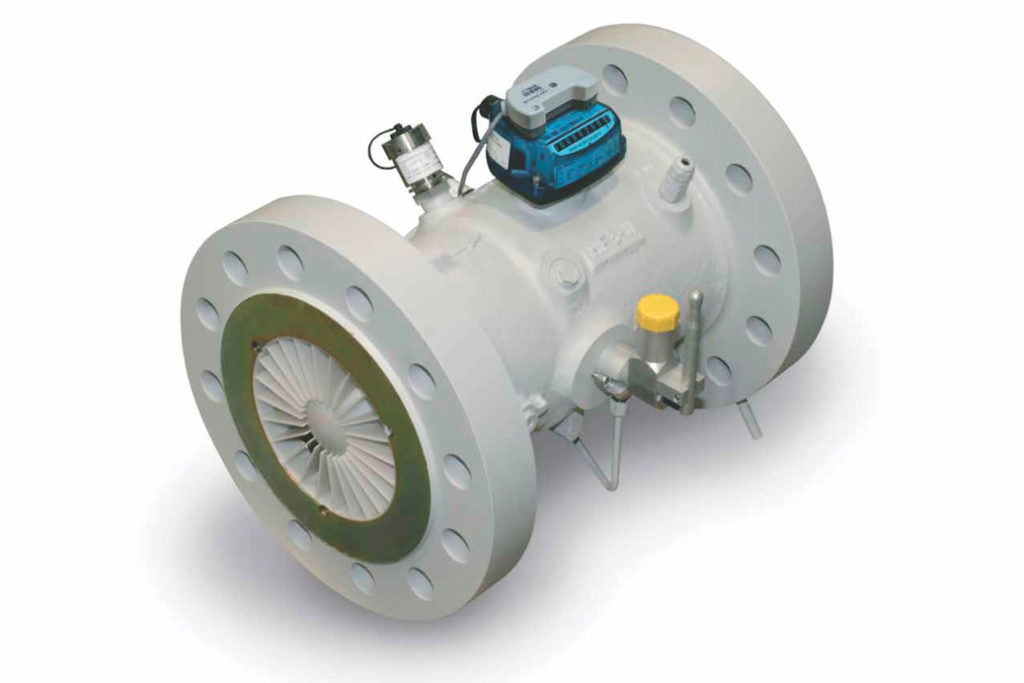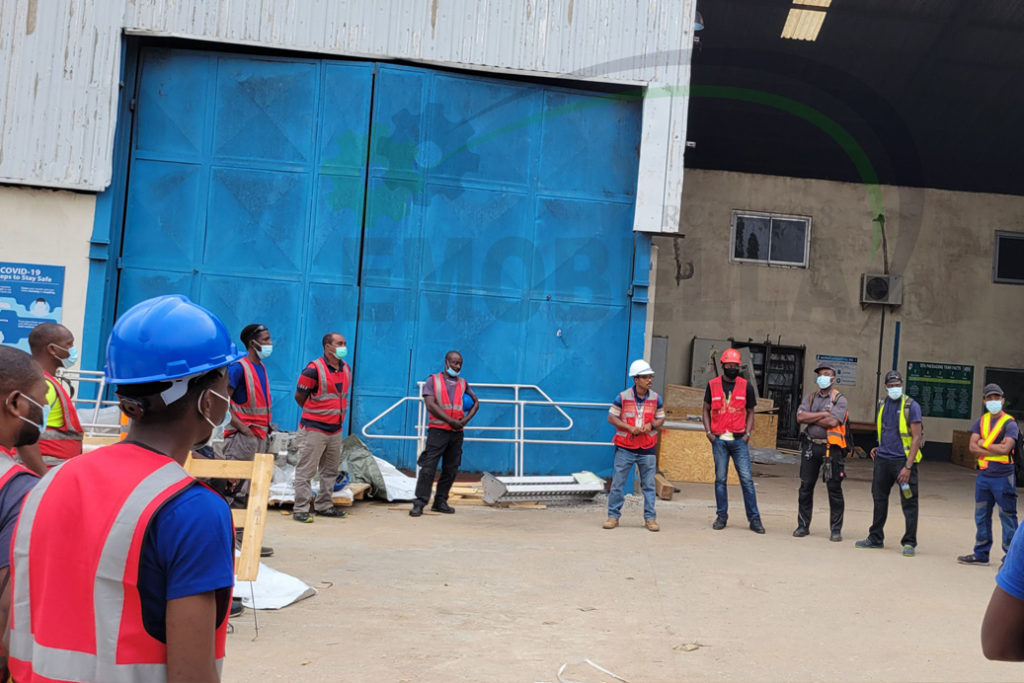Writing about why storage tanks are calibrated would be considered incomplete without first talking about storage tanks and what they are.
What are storage tanks?
Storage tanks are static containers used in industries for storing products such as oil, water, and petrochemical products in atmospheric pressure conditions.
Similar to pressure vessels, they have no moving parts and come in different shapes and sizes. However, what makes them different is that pressure vessels hold fluids at a higher pressure than storage tanks.
Although the use of the storage tank and what it will store will determine the type of tank required, storage tanks are generally split into spherical storage tanks, cylindrical storage tanks, fixed roof storage tanks, and floating roof tanks.
What is storage tank calibration?
Storage tank calibration is the process of determining the correct volume of the product that is contained in a tank. Storage tank calibration is the process of accurately measuring and determining the storage capacity of a tank. This involves creating a detailed volume-to-height relationship (or tank capacity table) that shows the exact volume of liquid a tank can hold at different levels. Calibration ensures that tanks used for storing liquids – such as water, oil, chemicals, or other materials—are correctly measured and meet industry standards for inventory management, trade, or regulatory compliance.
Why is Storage Tank Calibration Important?
-
Accuracy in Inventory Management:
Calibration provides precise data, ensuring accurate monitoring of the liquid inventory within a tank. -
Trade and Commerce:
For industries like oil and gas, calibrated tanks are essential to ensure fair trade, as the measurement of liquid volume directly impacts financial transactions. -
Regulatory Compliance:
Many industries are required by law to maintain calibrated tanks to meet safety and environmental standards. -
Loss Prevention:
Proper calibration helps detect leaks or discrepancies in tank measurements, preventing financial losses and environmental hazards. -
Process Efficiency:
Accurate volume measurement allows for better process control and optimization in industries where tanks play a central role in operations.
Why Calibrate Storage Tanks?
It might be difficult to picture a storage tank overflow incident happening – but the truth is, it happens. And to make things worse, the environmental contamination and losses that come with it are often messy.
Hence, a need to ensure the safety and reliability of your storage tanks when processing, transferring, or storing products.
This is where tank calibration comes in: accurately determining the exact volume of your storage tank in line with specified measurement standards, thereby, helping with internal stock-taking and accountability, and also reducing the risk of leakage.
Types of Storage Tanks Requiring Calibration
- Cylindrical Tanks (Horizontal/Vertical): Commonly used in industries for liquid storage.
- Spherical Tanks: Often used for gases under pressure.
- Underground Storage Tanks (USTs): Found in gas stations and industrial facilities.
- Fixed Roof and Floating Roof Tanks: Used in oil refineries and terminals.
Who Needs Tank Calibration Services?
- Oil and Gas Industry: For storing and trading fuels.
- Chemical Manufacturing: To monitor raw material and product levels.
- Food and Beverage Industry: For precise ingredient storage and processing.
- Water Treatment Plants: To measure water levels for municipal and industrial purposes.
How can Emobella Engineering Tank calibration services help?
Tank calibration is mandatory by many national and international codes and standards.
Tank calibration services from Emobella Engineering can help ensure your tanks achieve the highest level of measurement accuracy and are compliant with local and international regulations as well as relevant codes and standards. Contact us today to get started!





